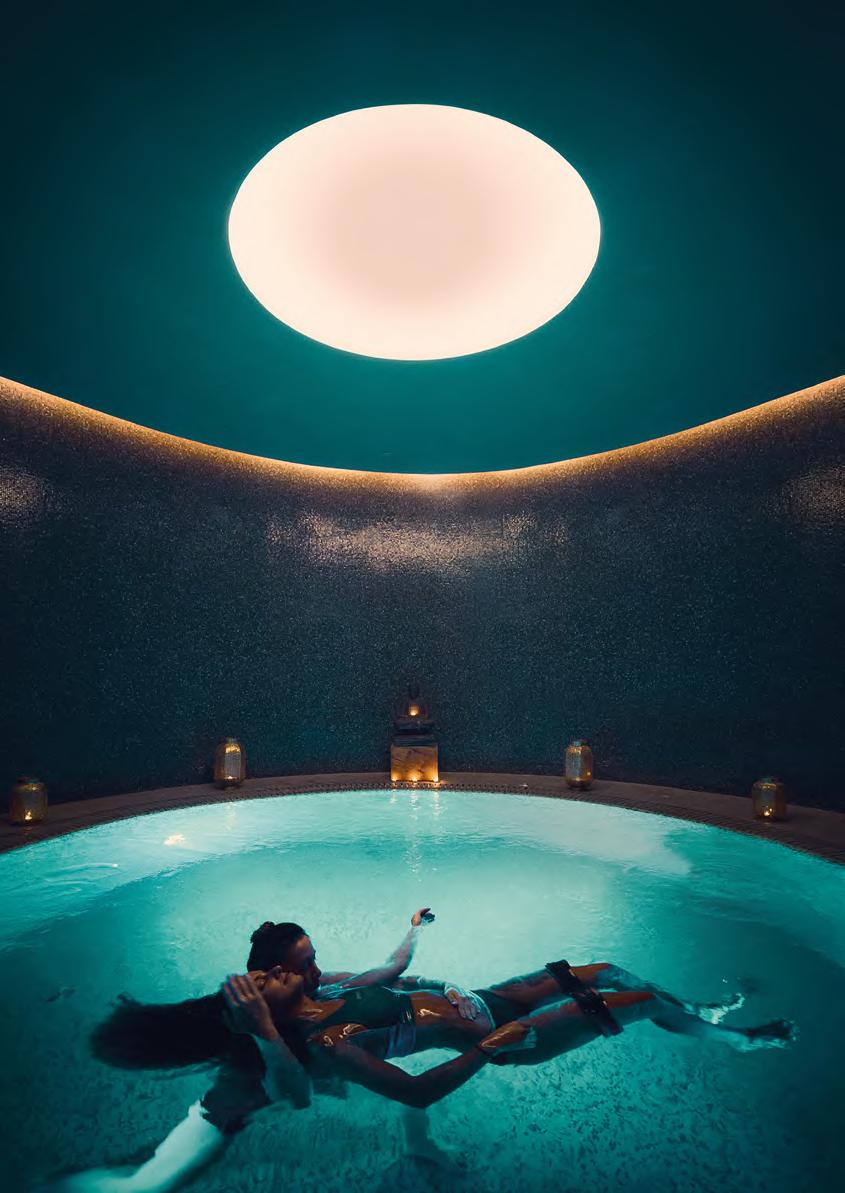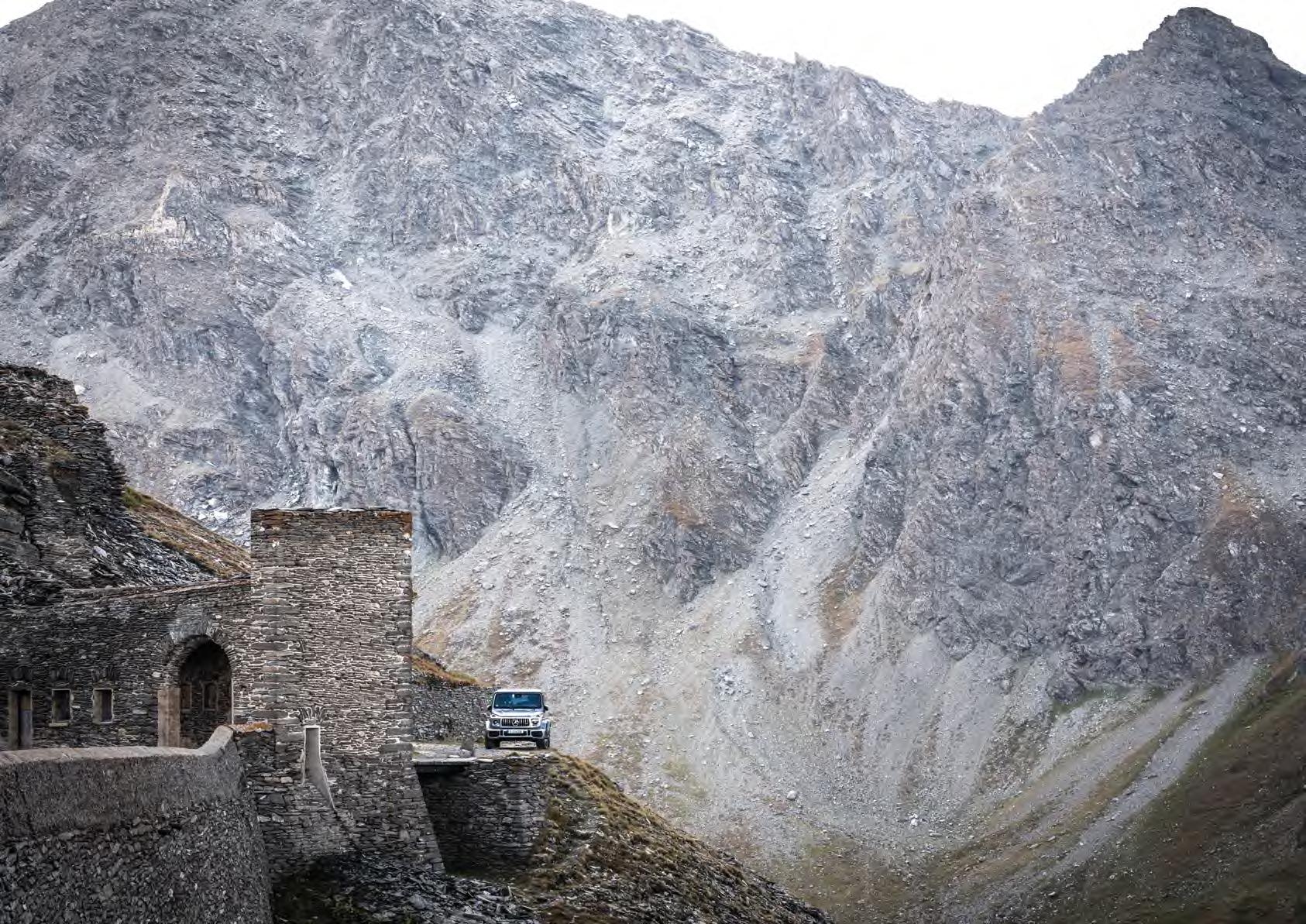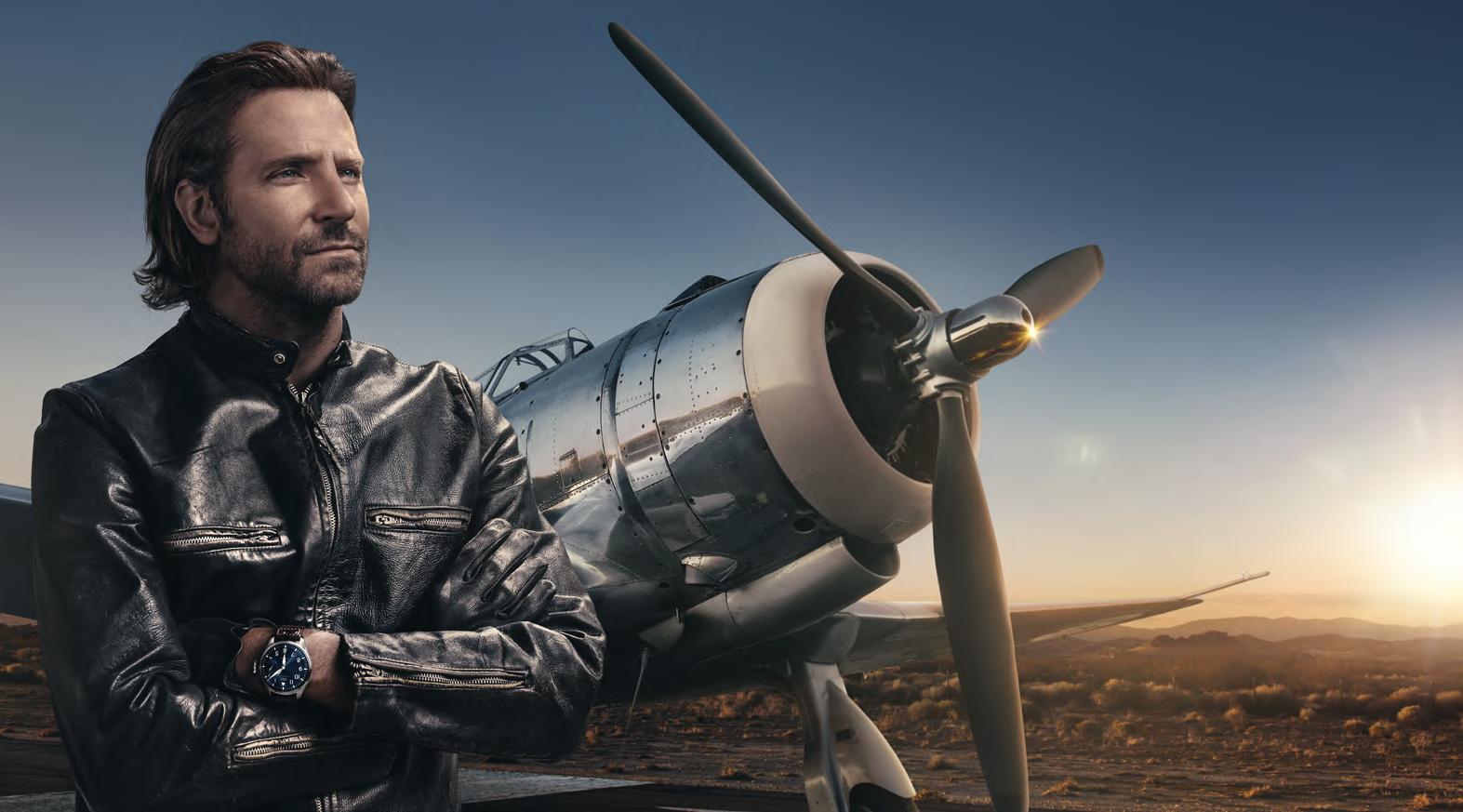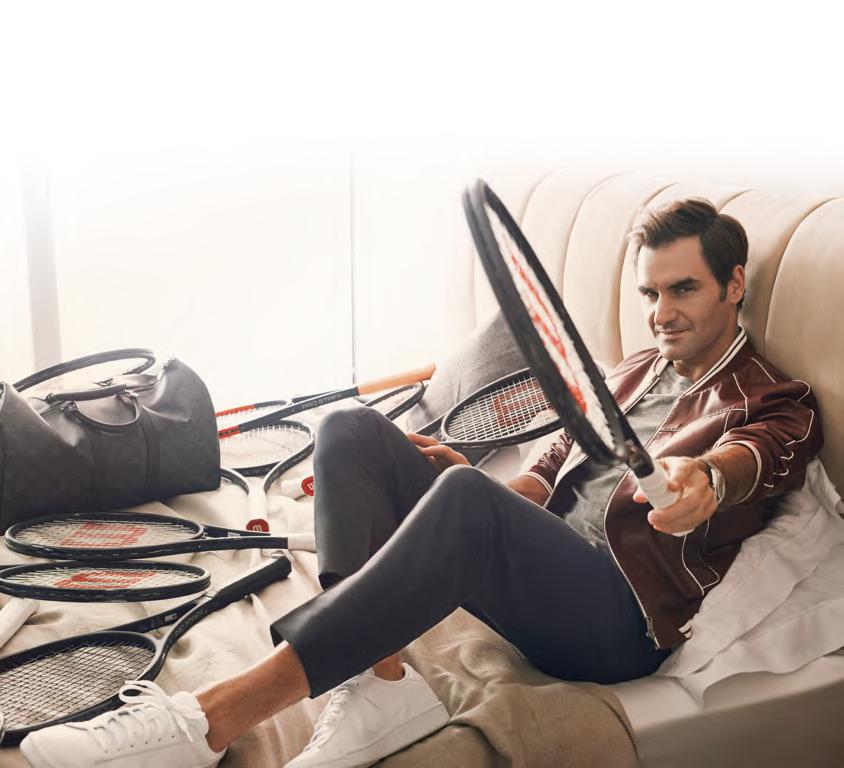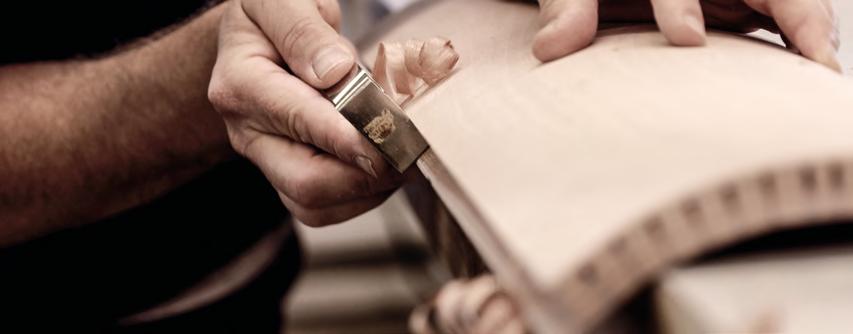
3 minute read
Paul Nicklen
A hungry mouth to feed: Photography a leopard seal at close range HAS THE POWER TO CHANGE MINDS.
As one of the most respected nature photographers in the world, Paul Nicklen focusses on the beauty of marine wildlife and the polar regions. He has won numerous photography awards, including BBC Wildlife Photographer of the Year and the Nature Stories category in the World Press Photo competition. We talked to the Canadian photographer.
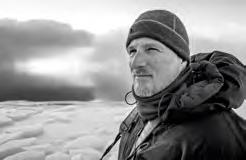
Paul Nicklen
Photography: Cristina Mittermeier
What is the secret behind your achievement to unite arts, ecological education, and beauty in your wonderful images?
What I’m trying to do is create an emotional connection between the public and the world that I care about, and that’s species and ecosystems. The only way to do that is to shoot what I call threedimensional photography. It’s so close. It’s so intimate. It’s so moody that it creates this evocative, visceral response, and that forces the viewer to start to ask why and start to learn. If you can get people to fall in love with your photography, then they’re going to start to ask questions. That’s where they’re going to learn about the science.
You manage to present pure emotions and whole stories in one picture. Is there one photograph in “Born to Ice” that touched you the most?
There is never one image. Every moment, every picture is special to me. Every time I’m capable or able to have the opportunity to capture a moment that ties the world not just to that animal, but to that entire ecosystem, that becomes my most powerful moment.
You grew up on Baffin Island. What impact did the Inuit culture have on your relationship with nature?
We had no telephone, no television, no radio. The only thing we had to read was a whole collection of Jacques Cousteau books. For entertainment I would go outside and play or be on the land hunting, fishing, or traveling. I was learning how to be tough, survive, learning how to freeze, what it meant to be really cold, learning how to read weather and conditions and developing the right side of my brain, since the Inuit are very much into visual storytelling. I learned some of the Inuktitut language. The Inuit kids would always tell ghost stories in Inuktitut in the evening and talk about soapstone carvings and the stories behind them. It’s a beautiful culture.
PAUL N I C K L E N
In “Born To Ice”, the Canadian photographer, filmmaker, and marine biologist traces his love affair with the polar regions. His overwhelming shots of iconic polar wildlife and scenery blend the ethereal beauty of the icy landscape.
©Born to Ice by Paul Nicklen, published by teNeues,
teneues.com €100
What is the mission of SeaLegacy?
Photography has the power to change minds. But more importantly it has the power to break down the walls of apathy and grab people by the heart and then teach them something. That’s where you start to change their minds. The objective of our work is to create movements. We connect art with science and then move into conservation.
SeaLegacy was founded in 2014. What impact have you had so far?
Through our successes thus far we realized that we are able to connect with a global audience. We’ve learned that we can take local problems, being fought for and run by small, local NGOs, and we have the power and the might and the reach to take regionalized tipping points and put them in front of the international court of public opinion. We can get the world to see these things.
For further information on SeaLegacy, please visit sealegacy.org For information about SeaLegacy and for works available as fine art, contact: zoe@sealegacy.org
Göran Ehlmé Photography:
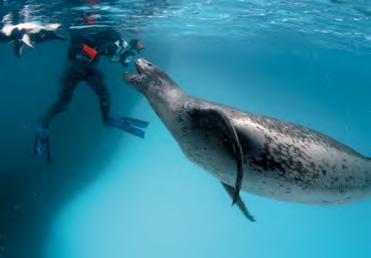
Getting attention from a large leopard seal in Antarctica
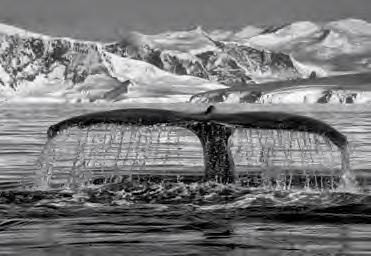
The untamed beauty of nature: tail of a humpback whale


